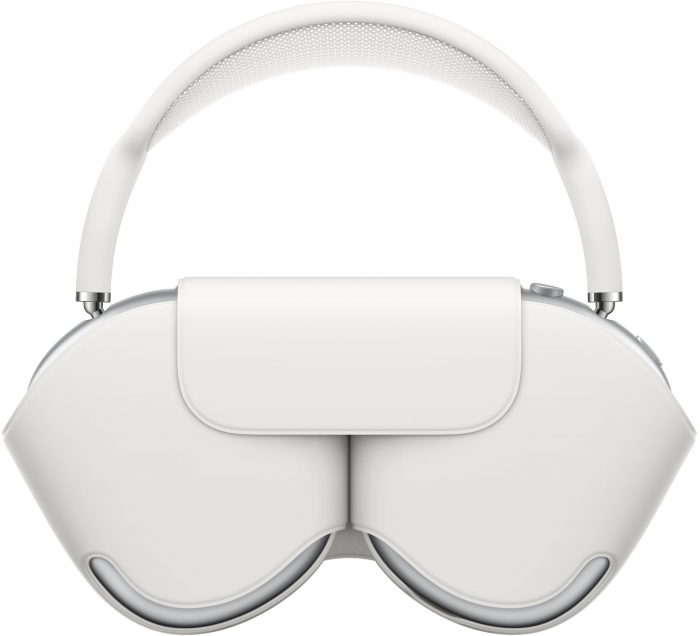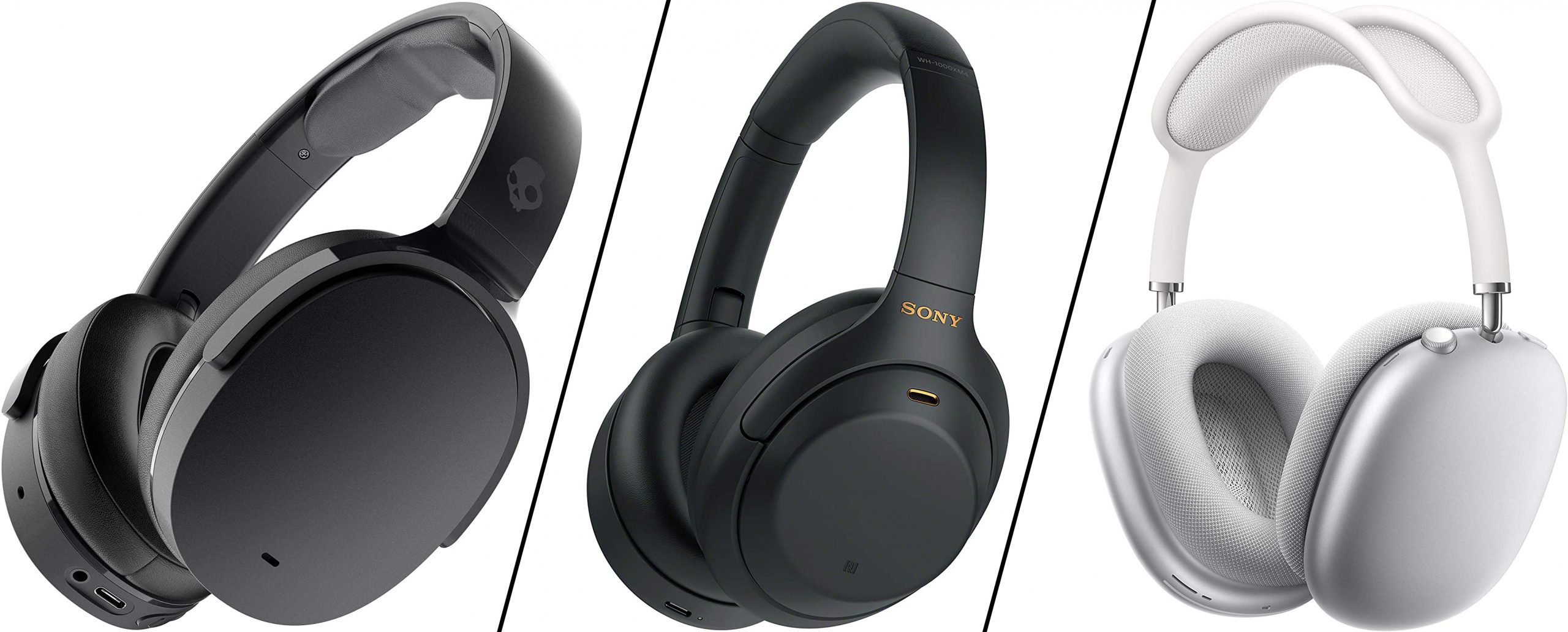How do wireless headphones justify their expensive price tag?
Wireless active noise cancelling headphones range in price from $50 to over $500. What benefits does spending several hundreds dollars on headphones provide?
Wireless noise cancelling headphones provide the best day-to-day experience for those that want to block out noise while exercising, in the office and travelling (when that’s allowed again).
High-end Headphones
Last year, Sony updated their top-of-the-line WH-1000XM4 headphones (pictured above). These retail at $350, a similar price to competitors such as Bose 700 and Sennheiser Momentum 3 which usually sit in the $300 – $400 price range. Never missing the opportunity to price products right at the top of the market, Apple dropped their $550 AirPods Max back in December last year (pictured above). How do these luxury wireless headphones stack up against the lower priced competition?
While there are headphones that greatly exceed $550, these headphones usually fall within ‘studio reference headphones’ for producing audio content. With a flat frequency response, they are far from designed for everyday use, often requiring the use of a wired connection to a pre-amp to make the most out of higher bit-rate audio files than typical music streaming services.
Budget Headphones
Cheap wireless noise cancelling headphones are getting good. Take the $130 Skullcandy Hesh ANC (pictured above), they aim to and do a fantastic job at the basics, but are there reasons to spend $100, $200 or over $300 extra?
The Basic Features
What areas must all headphones for daily use meet before consideration?
- Sound quality – The most important aspect of any headphones is of course the quality of the sound. Reasonably priced headphones provide clear, dynamic and detailed sound with a suitable amount of punch in the low end.
- Active noise cancellation – ANC uses anti-noise to block out outside noise. It typically does a great job with cancelling steady hums and lowing higher frequencies.
- Transparency mode – For times where you need to let in your surroundings to hear those around you or street noise while exercising, transparency mode uses outward facing microphones to pass-through sounds.
- Comfort – The headphones must be lightweight, with ear cushions and a headband that are soft enough for long listening sessions.
- Build quality – Gadgets used everyday need to be able to withstand drops, stretches, knocks, etc. for an item that will hopefully last for years.
- External microphones – Microphones on the outside of headphones are used both in monitoring noise for ANC and answering phone calls.
- Controls – Be it a touch panel on the ear cup or physical button, the headphones must have a way to control playback without having to pull out your phone.
- Battery life – Depending on your use case, most modern headphones at upwards of 15 hours with ANC on, will be able to keep you going through a full work day, extended exercise session or long-haul flight.
- Stable connection – Bluetooth 4.0, 4.1, 5.0, what ever it may be, as a base requirement, the headphones must be able to provide a steady connection, without dropouts, to your device.
Everything else on top of the above is a bonus, however many headphones under $100 often lack in one or more of the essential categories above.
Additional Features
Most headphones upwards of $300, such as the WH-1000XM4 from Sony, nail all of the above, plus include a few handy features to stand out from the crowd and justify their hefty price tag. Features may include:
- Wear detection – to automatically play or pause content when putting on or removing your headphones.
- Multi-device pairing – so you can quickly switch from one device to another such as a phone and computer.
- Folding – so they can be stored in a compact case for travel
- Noise cancellation for calls – focusing in on your-voice-only when on phone calls, so background sounds aren’t too loud for your recipient.
- App – an app can be useful for adjustments to the noise cancellation, EQ tuning, control customization, software updates and more.
Apple’s AirPods Max defend their high cost with a premium metal construction, as well as their usual ecosystem advantages with the help of the H1 chip. This makes using the headphones with Apple product such as the iPhone, Mac, Apple Watch and Apple TV a seemless experience, with instant pairing to all of your Apple devices, automatic switching between the devices you’re using, Audio Sharing with other AirPods and Beats, and “Hey Siri” to wake the assistant with your voice.
No Headphones Are Perfect
That’s not to say that all higher end headphones are flawless. While the top-end headphones nail all of the basics and many of the additional feature above, they don’t meet everyone’s use case. For example Sony’s WH-1000XM4 have fiddly touch controls and no IP rating, while the AirPods Max’s case fails at being a case in almost every way, plus they’re heavy, leading to an uncomfortable fit over long listening sessions

Competition
Competition is important at all price points. Any time Sony, Bose, Sennheiser, Apple or just any other major headphone manufacturer releases a new pair of headphones, everyone else is taking note and considering how they can implement such features in their own headphones. Even if you buy none of these expensive headphones, they drive competition forward and you’ll see the “premium” features trickle down to less expensive headphones over time.
At the end of the day, you’ve got to weight up how important each of the features offered by more expensive brands is worth to you and evaluate how much you should spend depending on your specific use case.
Find our best wireless headphones at every price point here.
